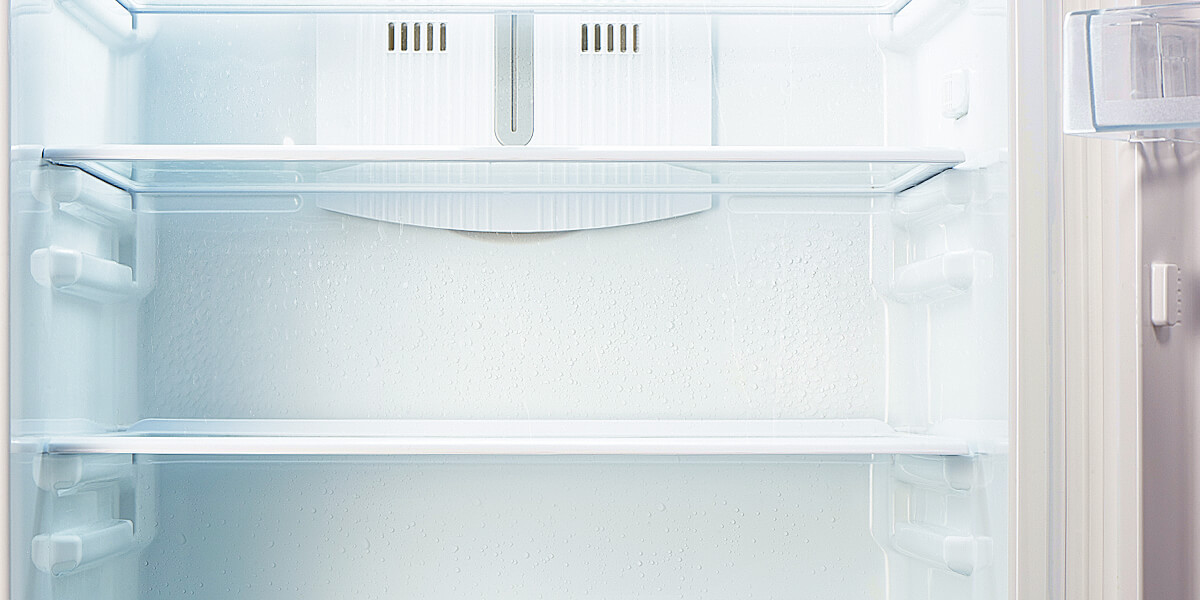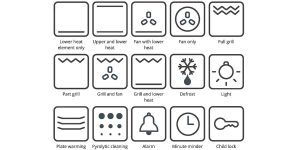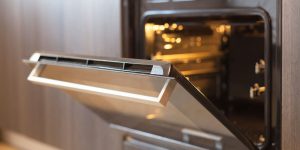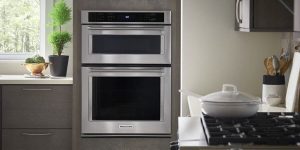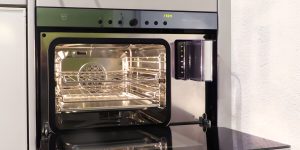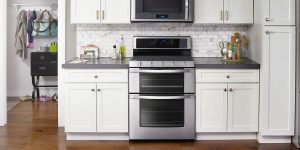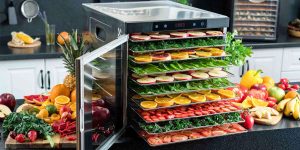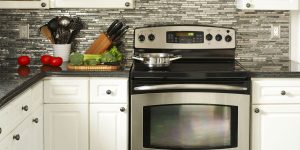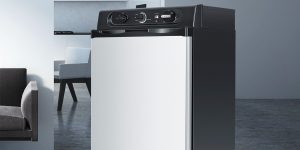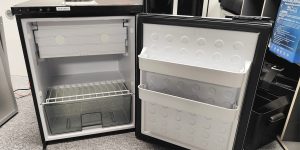Have you ever opened your fridge and noticed that everything inside feels damp or even wet? It is not an uncommon problem, which, unfortunately, can negatively affect your equipment. Not only can excess moisture in your fridge cause your food to spoil faster, but it can also lead to mold growth and other unpleasant issues.
So why is your fridge wet inside? There are several possible reasons, ranging from simple to more complex. In this article, I’ll explore some of the most common causes of a wet fridge, including condensation, faulty seals, and drainage issues.
What can be the cause of the fridge being wet inside?
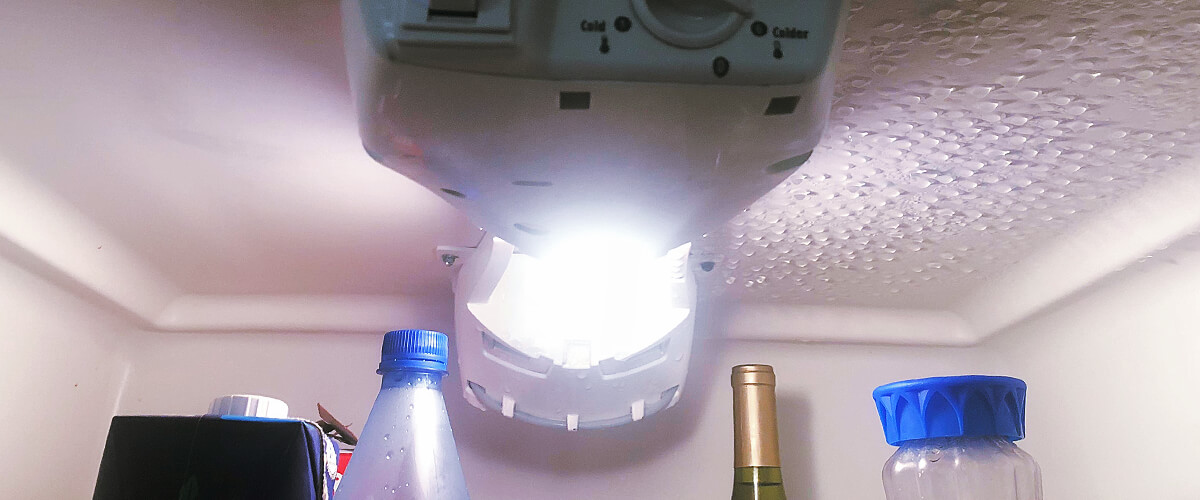
There are several possible causes of a wet fridge interior. One common cause is condensation, which occurs when warm, moist air enters the cold environment of the fridge and then condenses on surfaces like the walls or shelves. This can be exacerbated by a frequently opened door, high humidity in the surrounding environment, or improper temperature settings.
Another potential cause of a wet fridge is faulty seals, which can allow warm air to enter the fridge and create condensation. Over time, seals can become worn or damaged, which can compromise their effectiveness. Additionally, if the fridge is not level, it can cause the door not to seal properly, allowing warm air to enter.
Finally, a clogged or malfunctioning drain tube can also lead to excess moisture in the fridge. The drain tube removes condensation and other excess moisture from the fridge and directs it to the drip pan at the bottom of the appliance. If the tube becomes clogged or damaged, water can build up inside the fridge, leading to a wet interior.
If you are experiencing a wet fridge, it’s important to address the issue as soon as possible to prevent mold growth and food spoilage. Sometimes, a simple temperature adjustment or a thorough cleaning may be enough to solve the problem. However, if the issue persists, it may be necessary to seek professional assistance to diagnose and repair the underlying cause.
Why should you care when a fridge is wet inside?
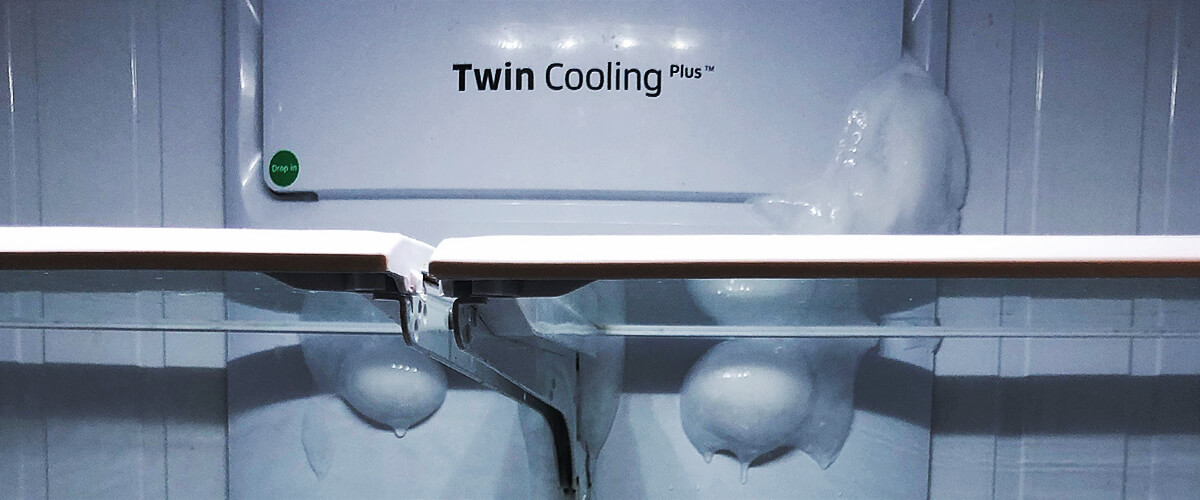
Excess moisture can cause a variety of issues. For one, it can lead to mold growth, which can be harmful to your health and difficult to remove. Mold can also spread to other areas of your home, so it’s important to address the issue quickly.
In addition to mold growth, a wet fridge can also cause food to spoil faster. Excess moisture can create a breeding ground for bacteria, which can cause food to go bad more quickly than it would in a dry environment.
Finally, excess moisture can cause damage to your fridge itself. In extreme cases, it can corrode metal components, damage electrical connections, and even short-circuit the appliance.
In general, it’s important to take any signs of excess moisture in your refrigerator seriously and address the problem promptly to prevent further problems.
How to fix a fridge wet inside?
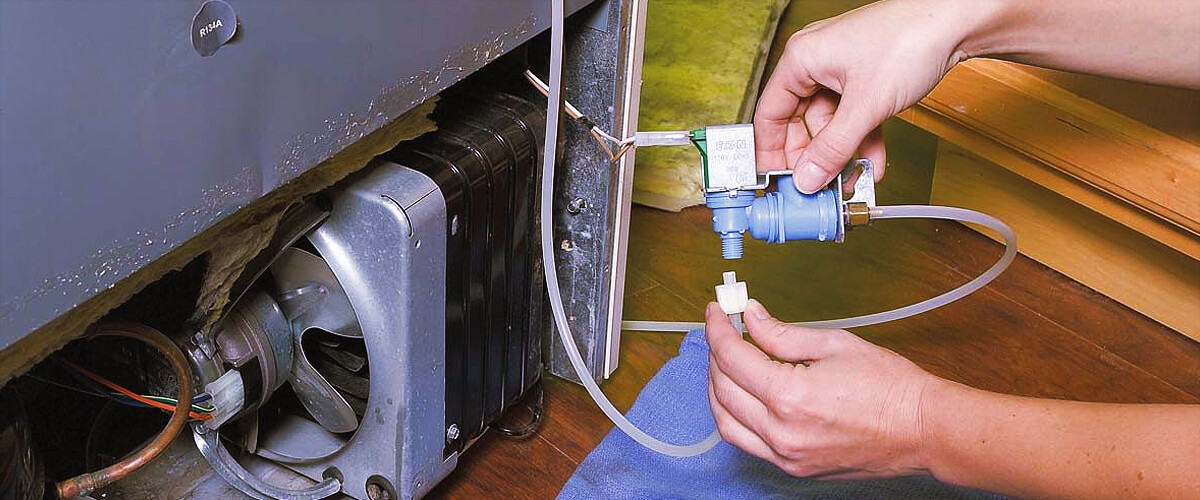
A wet fridge is a common issue that various factors can cause. But fear not, because, with a little know-how, you can easily solve the problem and keep your fridge running smoothly.
First things first, check the temperature settings on your fridge. If set too low, it can cause excess condensation, leading to a wet interior. Adjusting the temperature to the recommended level can often solve the problem quickly.
Next, take a look at your fridge seals. If they’re damaged or worn, warm air can seep in, causing condensation to form. You may need to replace the seals to fix the issue. If you’re unsure how to do this yourself, a professional technician can help.
Another possible cause of a wet fridge is a clogged or damaged drain tube. This tube removes excess moisture from the fridge and directs it to the drip pan. Water can build up inside the fridge if the tube is blocked or damaged, causing a wet interior. Clearing or replacing the tube may be necessary to solve the problem.
In addition to these common causes, a few other factors can contribute to a wet fridge. For example, if your fridge is too full, air may not be able to circulate properly, leading to excess moisture. Similarly, if you leave food uncovered or with loose lids, the moisture from the food can evaporate and contribute to a wet fridge.
Overall, I highly recommend keeping an eye on your fridge and addressing any issues as soon as they arise. With the right tools, techniques, and materials, you can easily solve the problem of a wet fridge and keep your appliance running smoothly for years to come.
Equipment needs to fix the fridge’s wet inside
In this table, I have shared with you my knowledge of tools that can help you solve these kinds of problems.
| Equipment | Description |
|---|---|
| Towels or rags | These will be used to absorb any excess water or moisture from the fridge interior. |
| Bucket | You may need a bucket to collect water that has accumulated inside the fridge, especially if the drain tube is clogged. |
| Cleaning solution | If you need to clean the fridge interior, you’ll need a cleaning solution that is safe to use on food surfaces. |
| Screwdriver | If you need to replace the fridge seals or check the drain tube, you may need a screwdriver to remove the panels. |
| Gloves | It’s a good idea to wear gloves to protect your hands from any sharp edges or dirt when working on the fridge. |
| Safety glasses | If you’re using any tools, such as a screwdriver, it’s a good idea to wear safety glasses to protect your eyes. |
These are the basic tools and utensils you may need to repair a wet fridge. So try to have them at home at all times.
